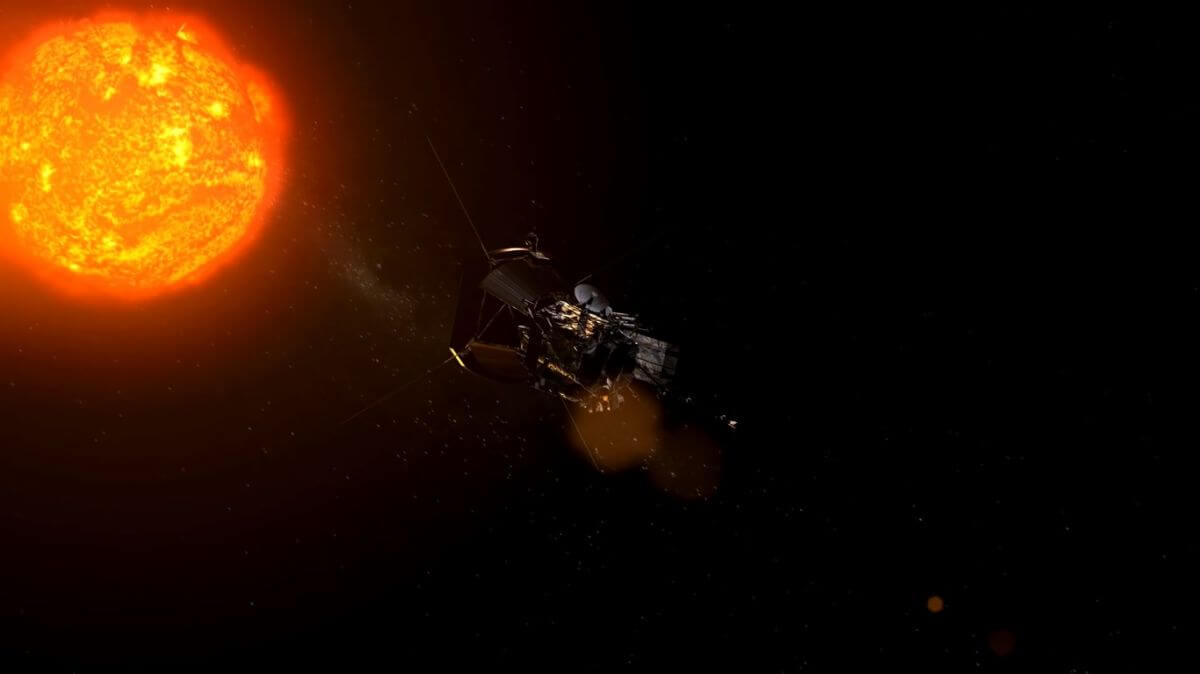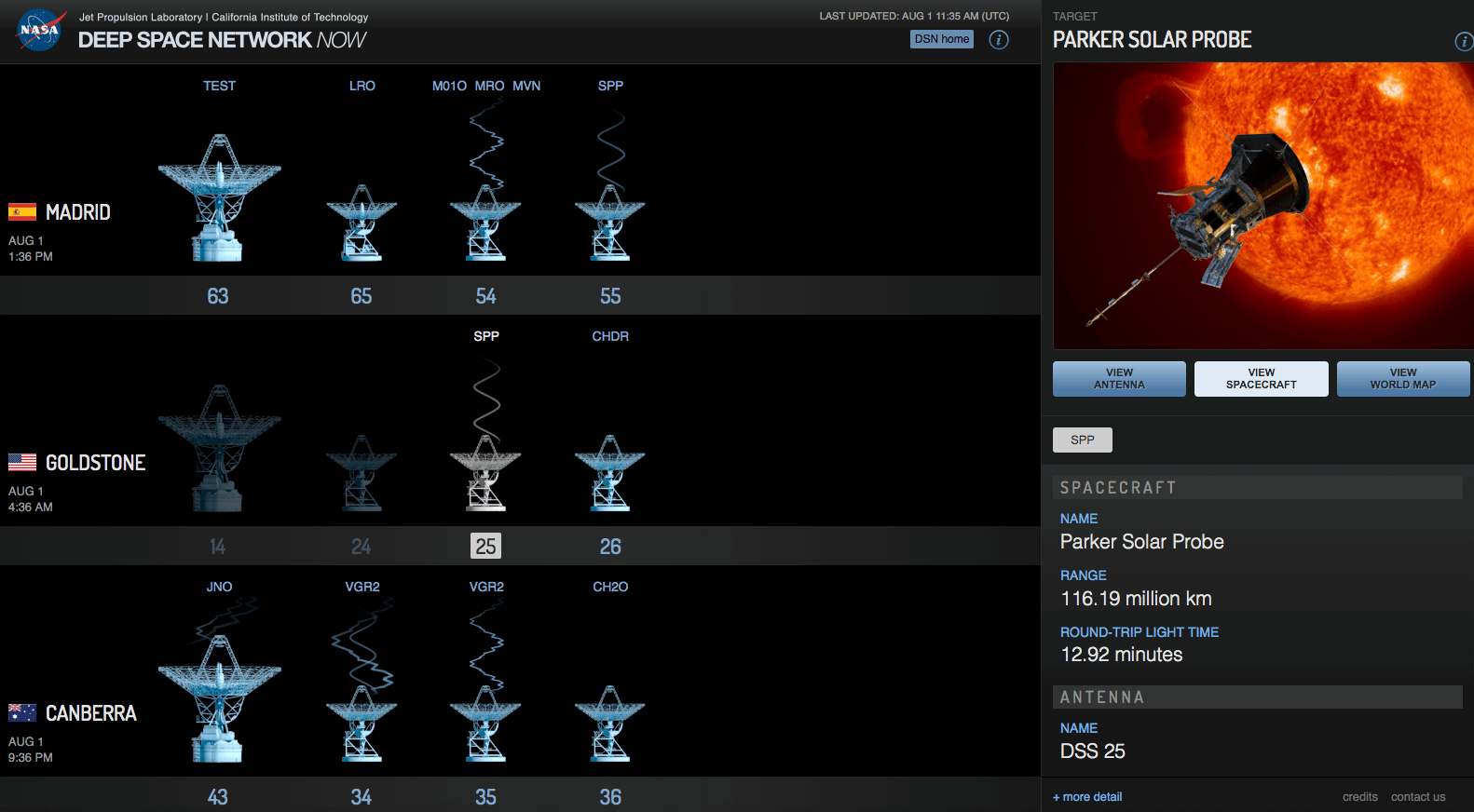In context: Named after the living physicist Eugene Parker, NASA's Parker Solar Probe mission was launched in August last year to study the outer corona of the Sun at incredibly close distances. Just 78 days after launch, it became the closest man-made object to the star after surpassing the previous record of 26.55 million miles (~43 million km) set by the Helios 2 spacecraft in 1976. With a mission to better understand the Sun's plasma that extends millions of kilometers into outer space, the Parker Solar Probe has recently completed two successful solar encounters and will eventually get as close as 3.83 million miles (~6 million km) from the Sun's surface.
Data speeds for inhabitants of Earth may be subject to varying experiences and expectations but NASA's Parker Solar Probe, sending science data from two close encounters of the Sun, has been performing exceptionally well for the mission team.
"On May 6, 2019, just over a month after Parker Solar Probe completed its second solar encounter, the final transmission of 22 gigabytes of planned science data --- collected during the first two encounters --- was downlinked by the mission team at the Johns Hopkins Applied Physics Laboratory, or APL, in Laurel, Maryland," said NASA, adding that this figure is "50% more" than the team had expected to have downlinked by this point in the mission.
The Parker Solar Probe's telecommunication system has been performing "better than pre-launch estimates" and that has prompted an extra 25GB of data to be recorded and sent back from the probe's second encounter. NASA says that this additional data will be downlinked to Earth between July 24 and Aug 15. To broaden our understanding of the Sun, the agency will eventually release this information to the public but an estimated date hasn't yet been provided.

"There are four instrument suites on Parker, gathering data on particles, waves, and fields related to the Sun's corona and the solar environment. Scientists use this information --- gathered closer to the Sun than any previous measurements --- along with data from other satellites and scientific models to expand on what we currently know about the Sun and how it behaves."
For curious minds, getting to know how the spacecraft endures such close proximity to the Sun is indeed a burning question. That's why NASA has covered the Parker Solar Probe with a special 4.5 inch thick carbon-composite shield designed to withstand temperatures of nearly 2,500 degrees Fahrenheit (1371 degrees Celsius).
During its 7 year mission, the spacecraft is expected to complete seven flybys of Sun and will be closest to the star in 2024, at which point NASA estimates that the probe will be travelling at nearly 430,000 mph (~692,000 kmh), the fastest speed ever for a man-made object.
The probe's third solar encounter will begin on August 27 and its third perihelion (nearest point to the Sun in orbit) is expected to occur on Sep 1.
